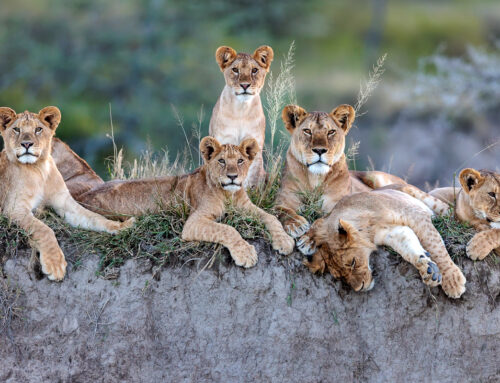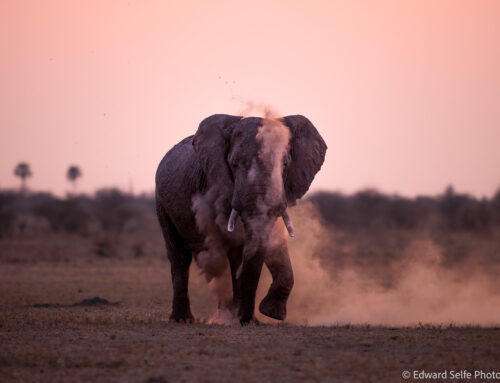I was in the bush recently, and I enjoyed a wonderful sighting of wild dogs playing after a hunt. The action required high-speed drive setting to be enabled, and I was very glad that I have that setting selected as a standard. (A while ago, I wrote an article about the use of the high-speed drive on your digital camera which explains why I always use high-speed drive.)
Soon after the dogs had finished feeding, they set off at a gentle run, and I knew that a spell of playtime was following. The play was actually extremely short-lived, and I was very pleased that I captured the one encounter that did happen. Here is the series of shots I took.

Taking a closer look at the series of images below, you can see a lot of variety in the quality of the final photo. Some of them are sharp and others not (due to the very low light levels – ISO 6400, f4 and 1/320sec); some show the dogs’ eyes others don’t; one frame is full of energy and inexplicably the following frame is flat and dull.



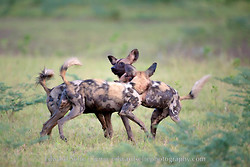







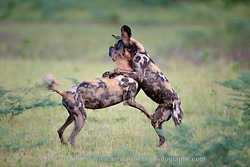



Looking through the series, it’s relatively easy to weed out the shots that have not worked, especially at 100% view on a larger screen – there is even one which is completely out of focus, the camera’s plane of focus having jumped into the far distance for some reason!
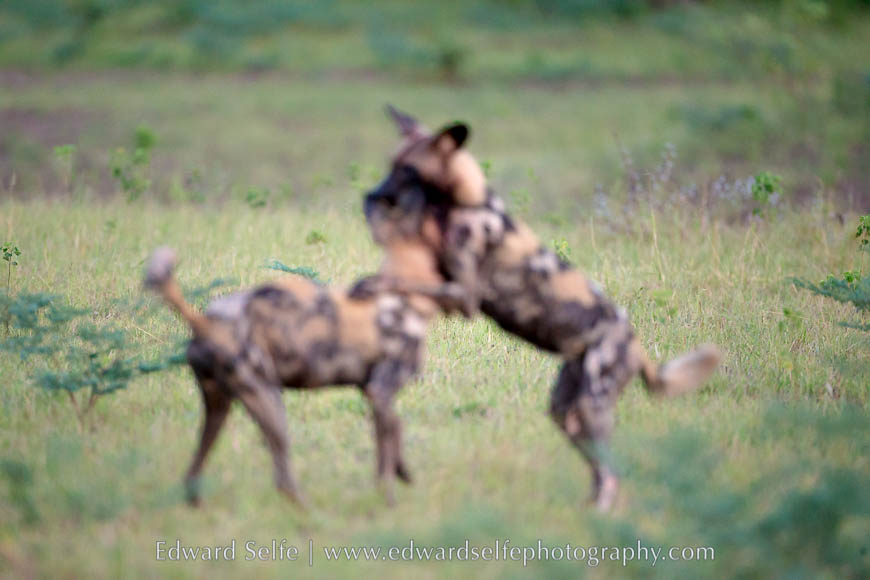

I think there are 2 or 3 great shots from this series, but it’s clear to me that there is no way that I would have been able to select these 2 or 3 moments in the heat of the action. Added to this, how would it be possible to choose the moments when the dogs’ heads were both relatively static and therefore sharp while using a shutter speed of only 1/320sec? So I was very grateful to have the option of shooting a burst of images at around 10 frames per second, and later choosing the best. Here are the best shots from the series in larger size. Thanks for reading.



